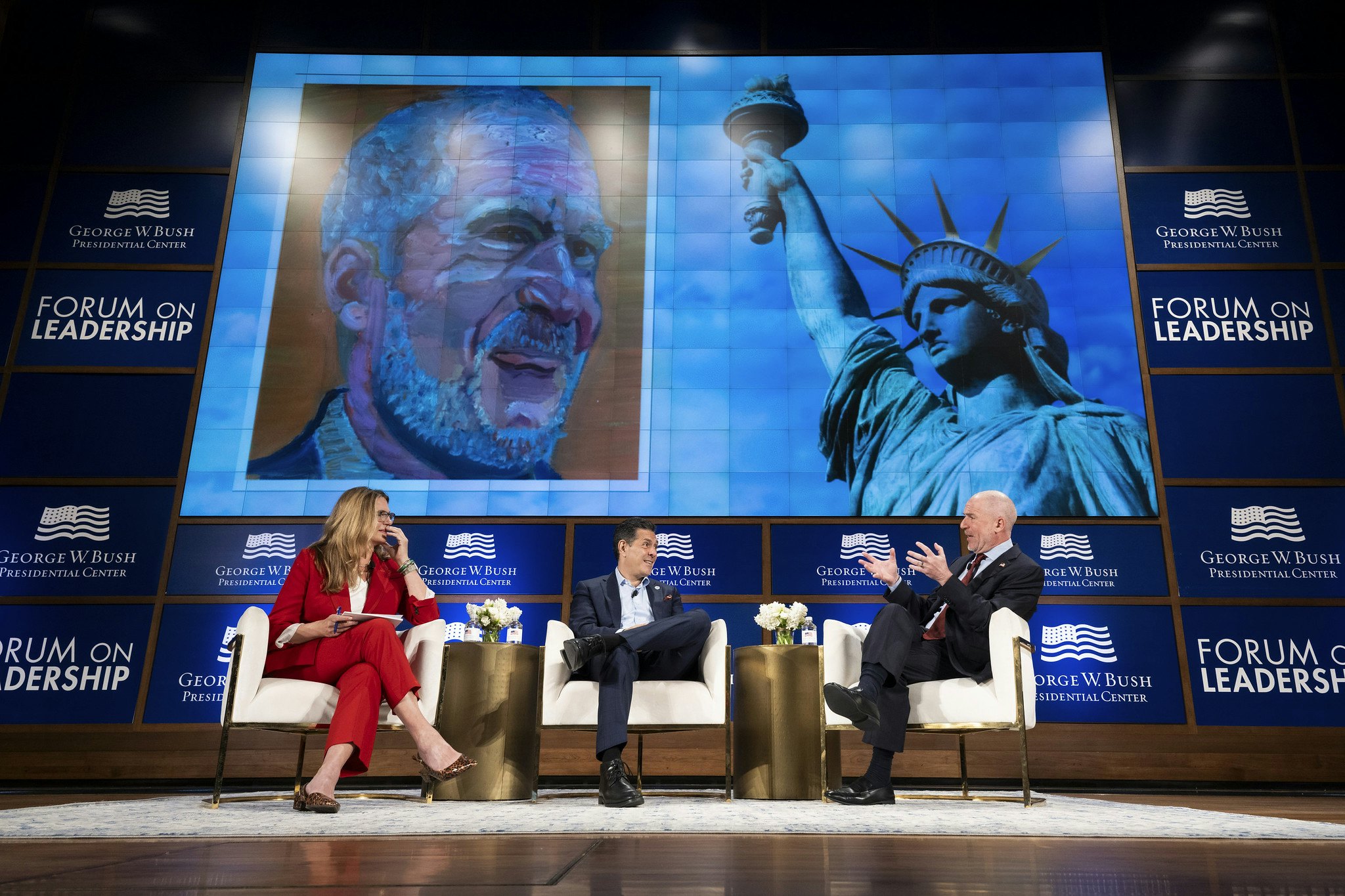The George W. Bush Institute released the third data update to the Education and Workforce Pipeline. The new data covers the pandemic years for available metrics. This tool is designed to help state leaders by providing outcome data from young adulthood to early childhood – along with case studies, ratings of state longitudinal data systems, and tools to inform policy.
Too often, workforce and public education systems operate independently of one another when we know they are profoundly connected. State leaders need accurate and comprehensive data for all critical points in young people’s lives – from the workforce, higher education, K-12, and early childhood – to identify and implement policies that can create meaningful change. This tool helps state leaders examine a variety of student and young adult outcomes to make more informed decisions.
Three questions we are asking after looking at the most recent data:
- Sixteen percent of young adults in the U.S. aged 25-34 are disengaged, which means they are not in the workforce, military, or school. This rate is even higher for certain subgroups. One-quarter of Black young adults, 18% of Hispanic young adults, and 31% of American Indian young adults are disengaged. What are these young people doing, and how do we get them back on paths to prosperous, self-determined lives?
- The national high school graduation rate is 87%, but only 49% of 25-34-year-olds have an associate degree or higher, and only 39% have a bachelor’s degree or higher. While college is not the only pathway for everyone, research has shown that getting even some post-secondary education leads to higher wages and greater lifetime earnings. Where do these young people go? The easiest assumption is to the workforce, but to what kind of jobs? Are these jobs that have pathways for living wages and growth opportunities? Are they seeking alternate credentials that set them up for success? How are we ensuring these young people have the skills and opportunity to participate in the jobs of today and tomorrow? How are we ensuring the U.S. has the talent it needs to fuel its advancing economy?
- The Free Application for Federal Aid (FAFSA) completion rate fell by 3% from 2017 to 2022. The FAFSA completion rate is a good indicator of next year’s enrollment – meaning that in the last five years, fewer students are positioning themselves to pursue postsecondary opportunities. However, Colorado has seen the opposite for low-income students. Since 2017, the FAFSA completion rate in Colorado increased by 11% for low socioeconomic students. Now, all students in Colorado and low socioeconomic students are completing the FAFSA at the same rate of 47%. Colorado recently implemented new policies targeting FAFSA completion rates. How can other states learn from their policy and practice to implement similar solutions?






























